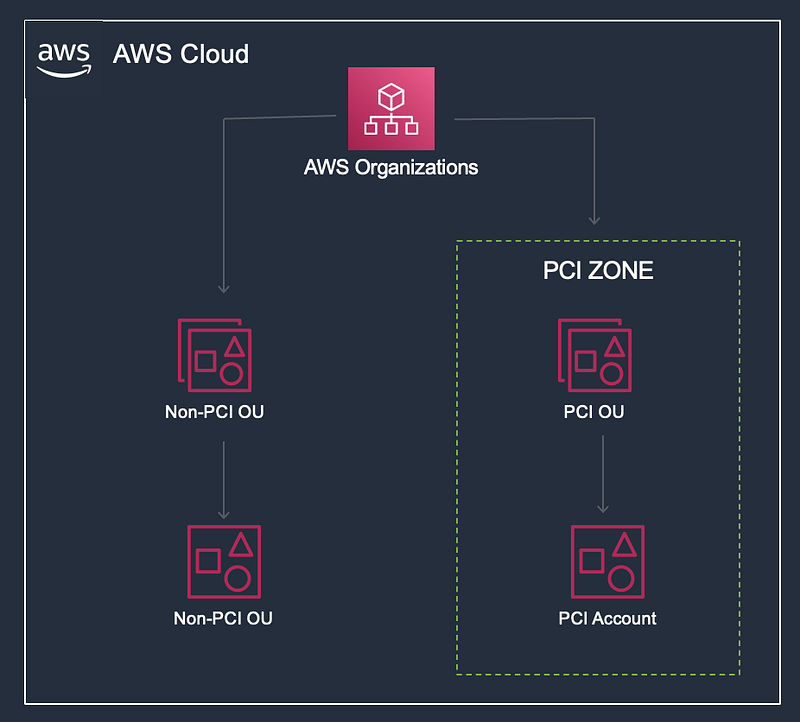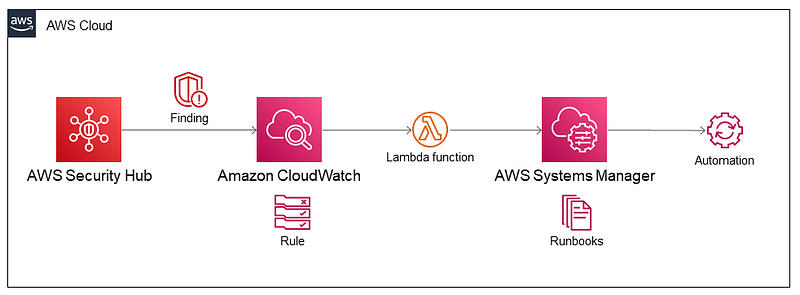Accelerating PCI DSS Compliance in the Cloud Made Easy
Written on
Understanding PCI DSS Compliance
Achieving PCI DSS certification can be significantly streamlined when utilizing cloud technologies.

Photo by rupixen.com on Unsplash
The PCI DSS (Payment Card Industry Data Security Standard) has evolved since its establishment in 2004, when various card networks came together to form a unified standard for payment security. This standard is relevant to any business that stores, processes, or transmits cardholder information. At its inception, concepts like cloud computing, containers, and microservices were not widely adopted. Over the years, the PCI DSS has adapted, introducing new guidelines and supplements that help organizations remain compliant while exploring modern technologies.
Despite its benefits, many companies still harbor misunderstandings regarding cloud compliance, often believing that the responsibility for PCI DSS compliance fully transfers to the cloud provider. This misconception is incorrect; however, if approached correctly, the cloud can facilitate PCI DSS compliance in a more manageable way.
Verifying Your Cloud Provider's PCI DSS Compliance
Before migrating existing PCI workloads to the cloud, organizations should verify that their cloud provider maintains PCI DSS compliance. Most providers readily share their compliance status and offer access to portals where businesses can download current PCI certificates and Attestation of Compliance (AOC).
These portals also typically contain a PCI responsibility matrix that details which obligations fall to the cloud provider versus the customer.
Major cloud provider portals include:
- Amazon Web Services Artifact
- Azure Audit Reports Blade
- GCP Compliance Reports
Managing PCI Assessments in the Cloud
After clarifying responsibilities, the next step involves actual compliance efforts. Implementing PCI DSS in the cloud is not vastly different from on-premises environments, but there are key distinctions. The same standards apply, but controls can be deployed via management consoles or command-line interfaces (CLI). For instance, AWS native tools can be used to set encryption through AWS KMS and deploy patching with Systems Manager. Additionally, many robust third-party solutions familiar from on-prem environments are available.
A significant advantage of cloud environments is the ability to automate compliance processes, which can be transformative for maintaining PCI compliance.
Setting PCI Compliance Scope
One notable difference in the cloud is the ability to define compliance scope effectively. Cloud platforms offer powerful capabilities for environment segmentation. Anyone familiar with PCI audits knows that properly segmenting the PCI zone is crucial for minimizing audit scope and associated risks.
Using AWS as an example, PCI zones can be isolated within AWS accounts. Each account serves as a strong boundary, ensuring that resources are logically separated from those in other accounts, thereby preventing unintended connections between PCI and non-PCI zones.

Source: Author
The next layer of segmentation is the Virtual Private Cloud (VPC), which mimics on-premises network design through subnetting and security groups. The cloud's automation capabilities allow for consistent maintenance of PCI compliance over time.
Leveraging Cloud Automation for PCI DSS Compliance
One of the primary benefits of cloud technology is its potential for automation. Not only can organizations achieve PCI DSS compliance in the cloud, but they can also continually monitor their compliance posture and implement automation to ensure that this posture remains intact.
The following tools are available across the three major cloud providers:
- AWS Security Hub
- Microsoft Azure Blueprint
- GCP Security Command Center
For organizations operating in a multi-cloud environment, a Cloud Security Posture Management solution may be beneficial.
Many cloud providers also offer deployable templates that automate the remediation of PCI DSS violations. AWS, for instance, has a publicly accessible template that addresses PCI violations in Security Hub.

Innovating PCI DSS Solutions with Cloud Services
Beyond automation, AWS services can assist in addressing unique challenges that arise in PCI compliance, which may be difficult to tackle on-premises without significant investment. For example, organizations processing cardholder data may inadvertently store sensitive information in emails or tickets, posing a considerable risk.
AWS offers tools like Amazon Comprehend, which can analyze unstructured text to identify and redact sensitive information, such as cardholder data. More details can be found here.
Additionally, organizations can use AWS services to detect and redact cardholder data in images. The following flow illustrates this process:
- An image is uploaded to an S3 bucket.
- Amazon Rekognition identifies card numbers in the images and sends the data to Amazon Comprehend.
- Amazon Comprehend extracts and redacts the card numbers, which are then processed by AWS Lambda to edit the image and update it in S3.

Conclusion
In conclusion, PCI compliance in the cloud can be much less daunting than in traditional on-premises setups. By utilizing cloud-native tools, organizations can automate compliance remediation and resolve complex PCI issues with ease.
If you're interested in diving deeper into this topic, consider exploring my discounted course on PCI DSS — From Foundation to Mastery, which covers all aspects of PCI DSS requirements from the ground up.
This video titled "Using the Cloud to get PCI DSS Compliant | Tips and Tricks" provides insights and practical advice on leveraging cloud services for PCI DSS compliance.
In this video, "How to Achieve PCI DSS Compliance on AWS," you'll learn specific strategies for obtaining compliance using AWS services.
